The pedicurist’s profession has a long history that dates back to antiquity. In ancient Rome and Egypt, foot care was an important element of hygiene and status. Specially trained people cleaned and cared for the feet of the nobility. However, professional pedicure in the modern sense began to develop only at the beginning of the 20th century, when special procedures for the care of feet and toenails appeared in beauty salons. Since that time, pedicure has become a popular service among women and men, contributing not only to aesthetic care, but also to the prevention of various foot diseases.
Pedicure
Program of the educational module of additional professional programs with
in order to meet the needs for additional professional education of personnel
and external customers of PZV, the need for improvement
qualification and retraining of workers and employees
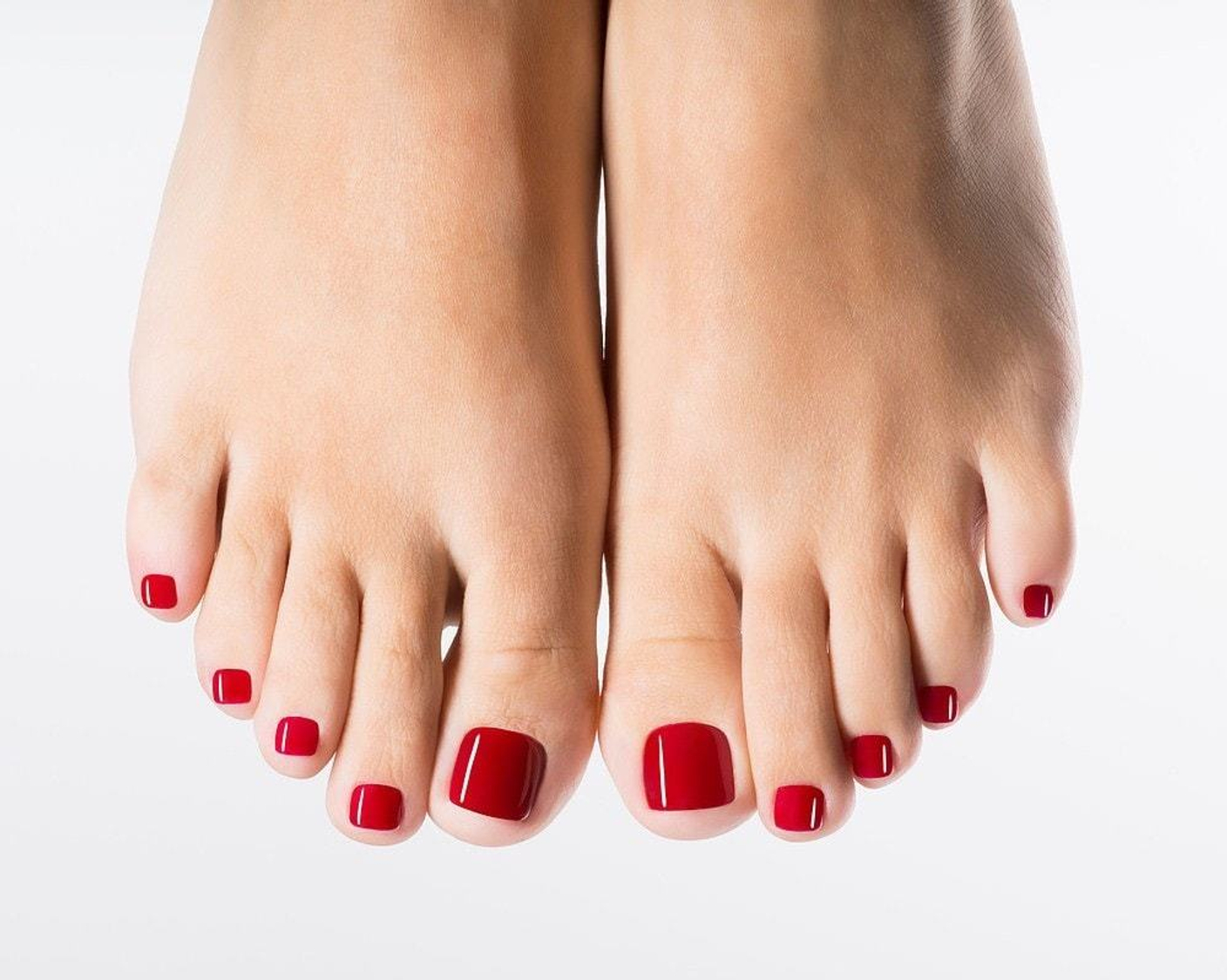
The course program includes:
- disinfection, sterilization,
anatomy and physiology of the nail,
psychology of communication with the client,
the correct fit of the master,
capturing the client's fingers,
working with equipment and tools,
coating with gel polish under the cuticle,
much more.
We help with employment.
We are not attached to groups. We adjust to your number and time, it can be the second half of the day. We work without weekends and holidays
In the program:
1. trimmed
2. hardware
3. acidic
4. therapeutic
If you have any questions, go to the contact form and leave a request or find answers at working program
Finished works of our graduates after completing the course
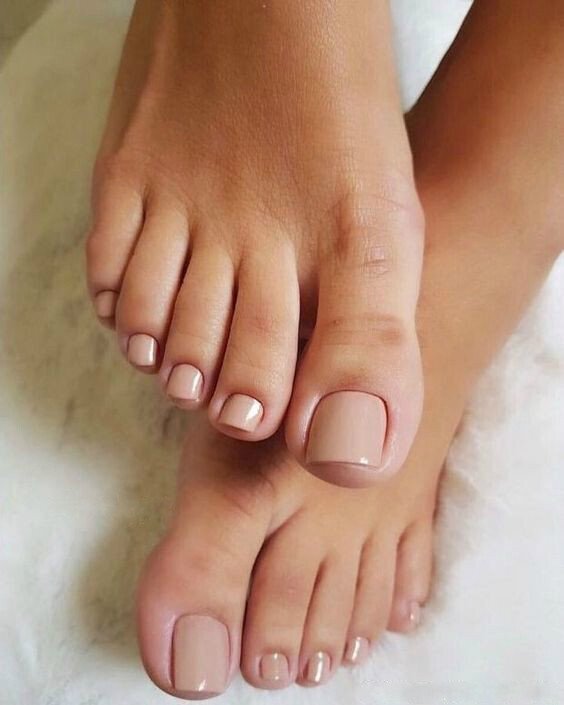
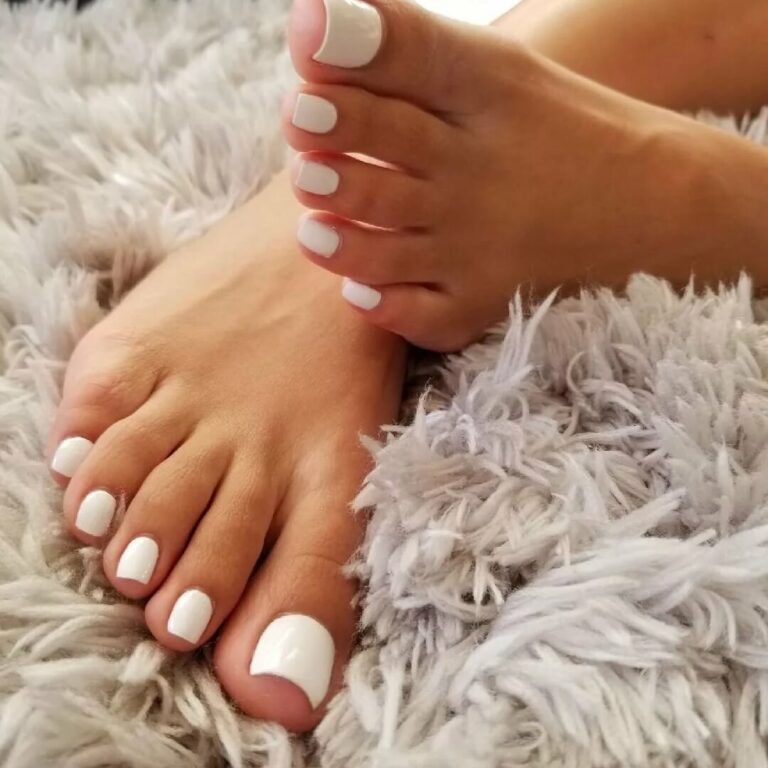
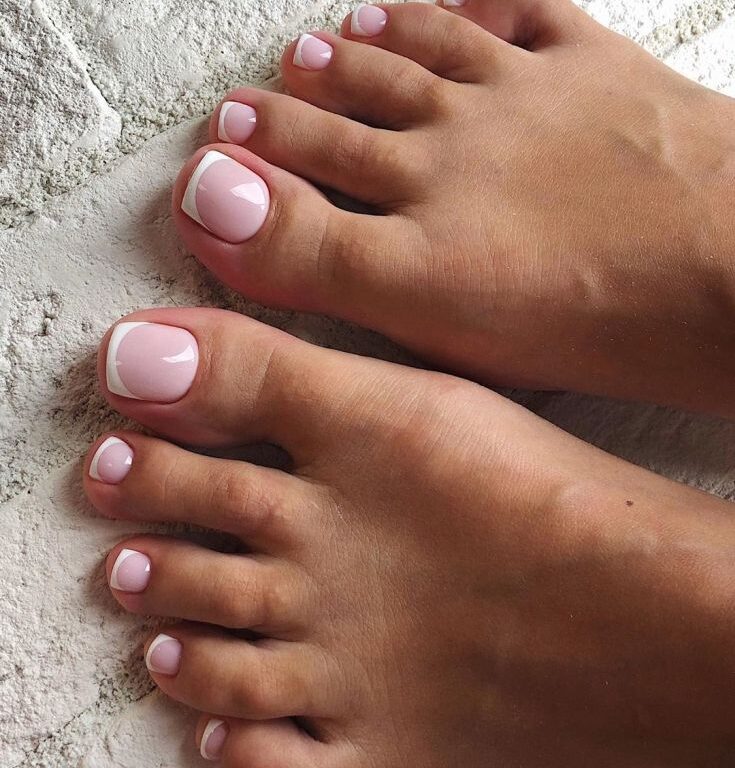
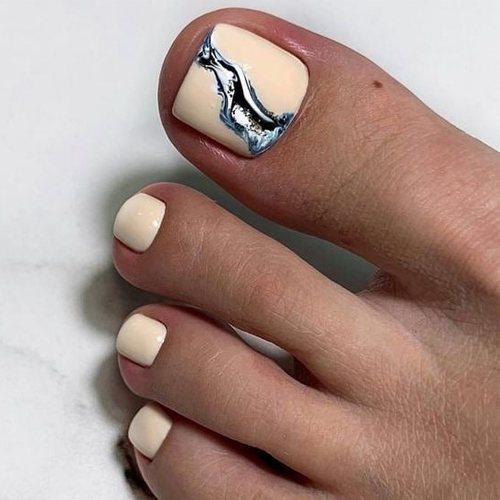
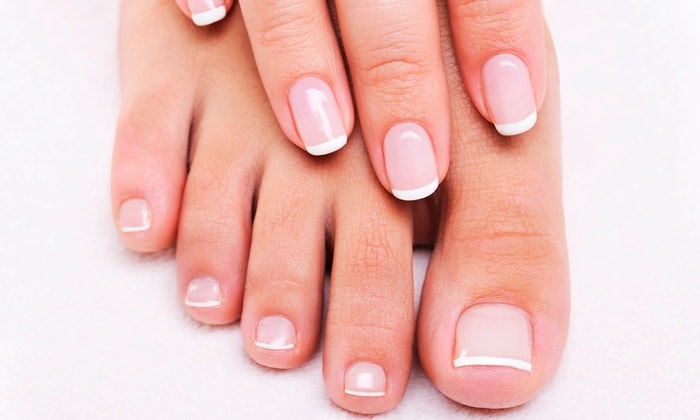
History and interesting facts
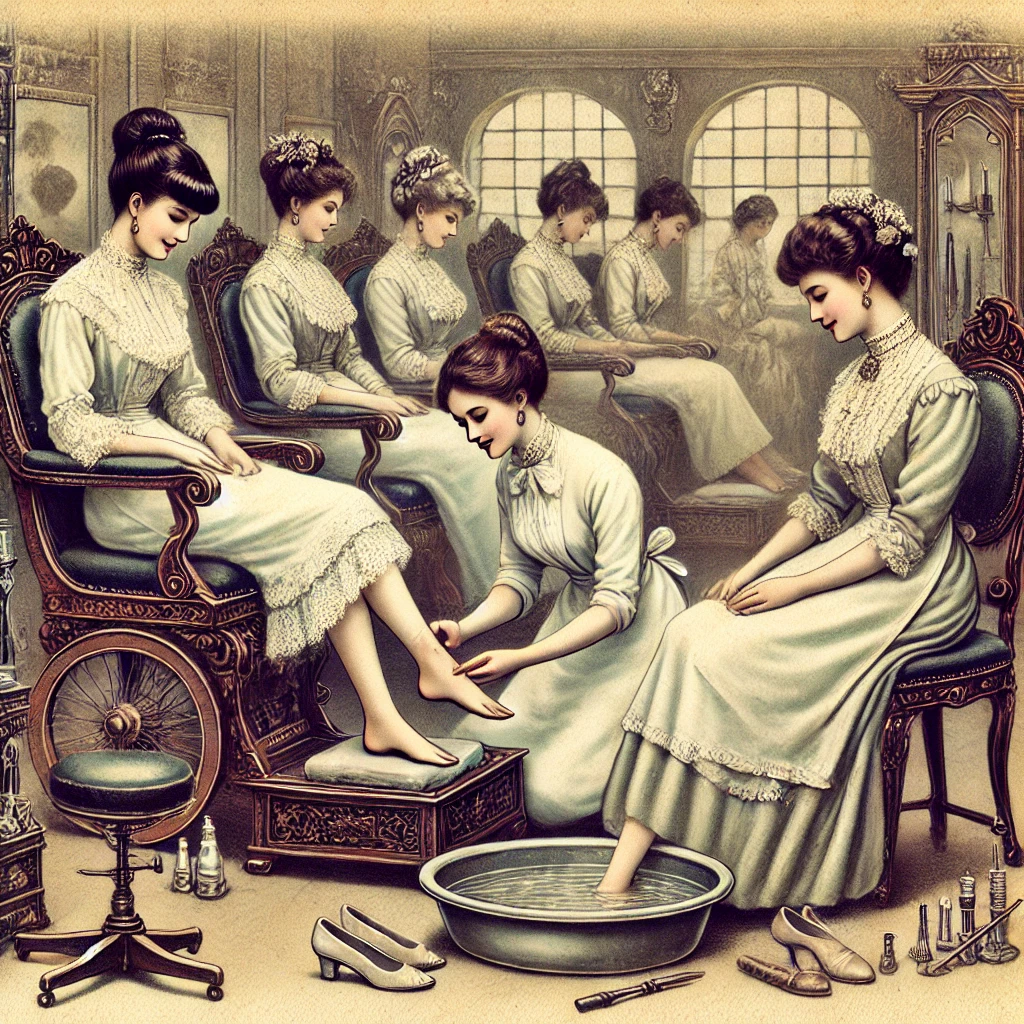
Interesting facts:
Ancient roots: The first references to foot care can be found in ancient cultures, where pedicures were considered part of hygiene, especially among the nobility.
Not only for women: Pedicure is equally popular among men and women, because foot care affects not only beauty, but also health.
Foot spa: In modern salons, a pedicure can include not only nail care, but also foot massage, aromatherapy, and the use of scrubs and masks to moisturize the skin.
Protection from problems: Regular pedicure helps to avoid ingrown nails, formation of calluses and cracks on the heels.
Chinese technique: In China, there is an ancient practice of therapeutic pedicure, which includes reflexology – the stimulation of certain points on the feet, which has a positive effect on general health.
Diabetic foot care: For people with diabetes, pedicures are an important part of foot care as they help avoid infections and skin damage.
Paraffin therapy: Modern pedicure treatments often include paraffin therapy for skin softening and deep hydration.

